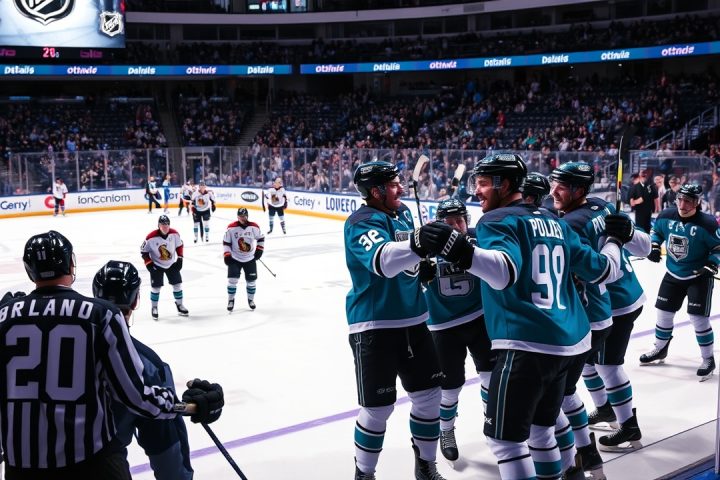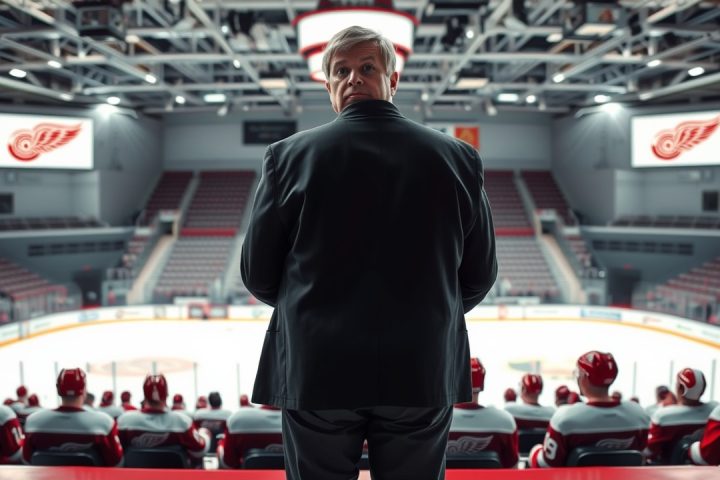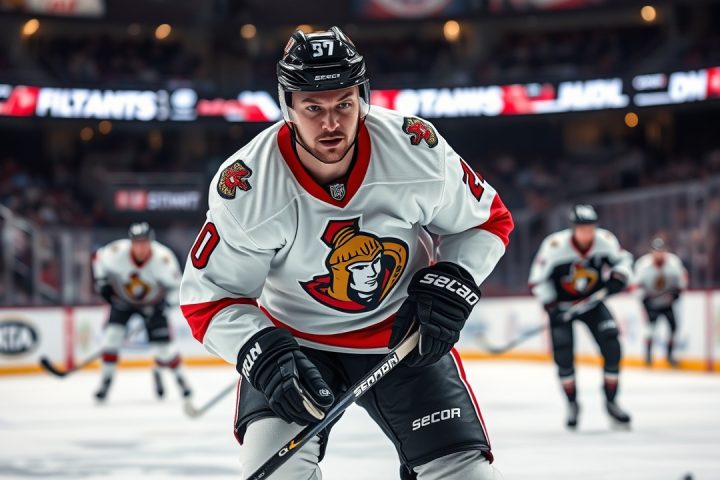Trends in Fantasy Hockey Goaltending
In the world of fantasy hockey, a noteworthy trend has surfaced in recent seasons, particularly highlighted by Connor Hellebuyck’s impressive performance during the 2024-25 season, where he clinched both the Vezina and Hart Trophies. This achievement calls attention to the intriguing idea that the traditional role of a primary goaltender may be re-emerging in an era where goaltending tandems have become the standard.
Shifts in Goalie Performance Data
An analysis of goalie performance data over the last 16 seasons reveals a shift in crease share in the NHL, demonstrating a decline in the percentage of games played by top goaltenders in recent years compared to the pre-Vegas expansion era.
Between the 2009-10 and 2016-17 seasons, starting goaltenders among the top 12 fantasy options boasted an average crease occupancy of 74.1%, alongside an average of 35.2 wins and 215.7 fantasy points. During this period, 25% of teams featured a goaltender who consistently occupied 75% of playing time or more, while 54.2% of teams had goalies taking at least 65% of the starts.
Contrasting this historical data, the period from 2017-18 to 2024-25 shows the average crease share for these elite goalies decreasing to 65% with fewer wins (32.6) and fantasy points (181.2). Only a mere 7.9% of goaltenders reached the 75% crease share threshold, a stark difference compared to previous trends. Hellebuyck and Andrei Vasilevskiy dominated this category, accounting for 11 of the 20 seasons with 75% or more usage among top fantasy goalies, signaling a significant reliance on a select few to carry the workload.
Redefining the No. 1 Goaltender
Interestingly, the criteria for a “No. 1” goaltender appear to be shifting. By reducing the crease share threshold to 65%, the number of goalies fitting this description increased significantly from just eight in the 2023-24 season to 15 in the latest campaign. This figure suggests a redefinition of a primary goaltender, particularly relevant for users in fantasy leagues with weekly roster adjustments where utilizing consistent starters is crucial.
Upcoming Season Projections
While the next season’s projections for various teams indicate uncertainty regarding goaltenders expected to secure a starting role—particularly those anticipated to get 54 or more starts—several players could emerge as valuable assets. For instance, Ukko-Pekka Luukkonen, although projected for a 64.8% crease share, may see limited fantasy output if the Sabres don’t outperform expectations. Meanwhile, Carolina’s pairing of Frederik Andersen and Pyotr Kochetkov appears to be a viable option, offering a balanced workload that should contribute positively to fantasy standings.
Other noteworthy combinations include Columbus’s Elvis Merzlikins and Jet Greaves, while the Oilers’ Stuart Skinner might face competition from Calvin Pickard, who is vying for a share of the crease as well. Overall, the unpredictability inherent in goaltending shifts presents both challenges and opportunities for fantasy players as they prepare for the upcoming season.
Conclusion
As you craft your fantasy hockey strategies, consider the evolving landscape of goaltending and keep an eye on player performance and health as you build a competitive roster. With the right insights, you might just find the next breakout star among the vast goaltender pool this season!




